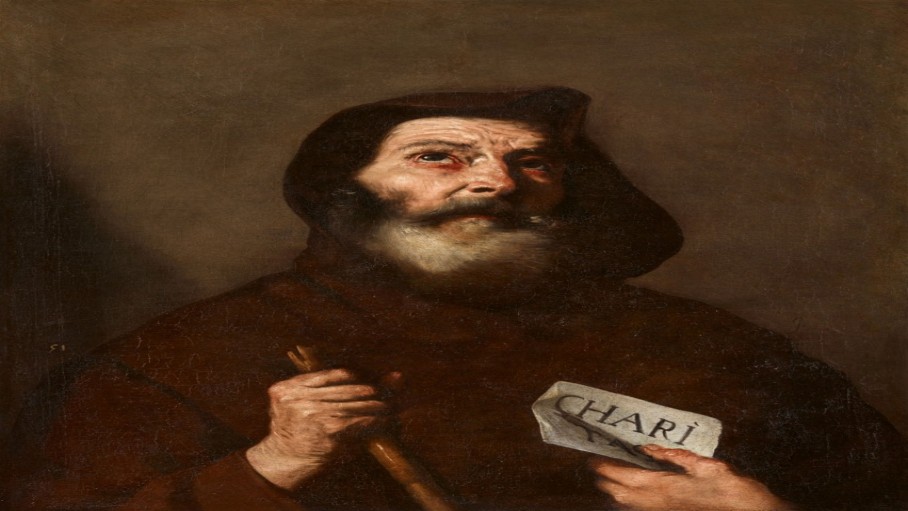


The mozzetta of the capuce reaches below the cord, almost in the form of a scapular. The habit of the Minims is made of coarse black wool, has broad sleeves, and is girded by a thin black cord. The corrector provincial is elected for three years, while the local superior is elected by each convent for only one year. At the head is the corrector general, who formerly was elected every three years, but since 1605 every six years. The Order of Minims is founded on the same principle of organization as that of all mendicants. The fourth vow imposes perpetual abstinence from all flesh and white meats, and only in case of grave sickness by order of the physician may it be dispensed with. The spirit which permeates these rules, especially those of the first and second orders, is that of great penance and abnegation. It is almost a literal adoption of the rule of the first order, while the rule of the third order here inserted is the same as that confirmed in 1501. Rom., V, 421.) The rule of the second order, which is for sisters and which originated in Spain, appears for the first time in the same Bull. 1502.) Finally a third definite text of the rule of the first order, which is still observed by the Minims, was confirmed by Julius II, "Dudum ad sacrum ordinem", 28 July, 1506. Rom., V, 385.) Hardly different from this second version is the rule confirmed in 1502. In the same Bull of confirmation is inserted the rule of the third order in 7 chapters, for seculars of both sexes. Here the fourth solemn vow of vita quadragesimalis appears, which forms the distinctive character of the Minims. Francis, was approved by Alexander VI in 1501. Rom., V, 352.) A second version of the rule in 10 chapters, which showed more independence of the Rule of St. Francis of Assisi, was confirmed by Alexander VI. For 57 years (1435-93) the new foundation had no written rule, but in 1493 the first rule, containing 13 chapters, which was almost a faithful copy of that of St. The same pontiff gave them the privileges of mendicant friars (q. The Archbishop of Cosenza granted them of his own accord, in 1471, exemption from his jurisdiction (Lanovius, " Bullarium", 9), which privilege was confirmed by Sixtus IV, 1473 (Lanovius, "Bull.", 11). In 1435 some disciples joined him, and after a few years he founded convents at Paterno, 1444, and at Milazzo in Sicily, 1469. Marco (Calabria), dedicated himself to solitary life in a hermitage near Paula. Francis of Paula, having in his youth lived one year in a Franciscan convent at S.


 0 kommentar(er)
0 kommentar(er)
